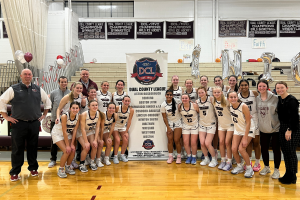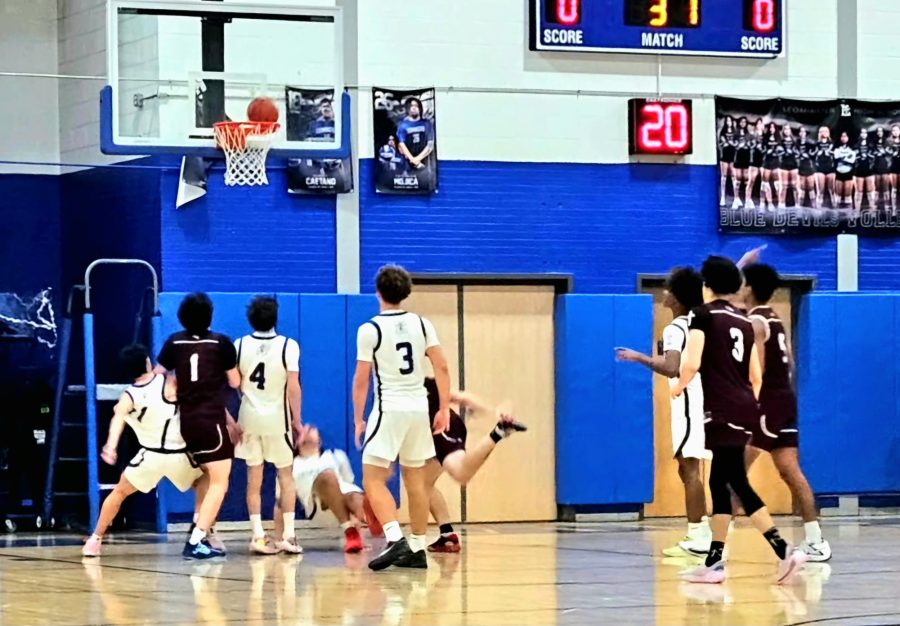POV: receiving a driver’s license as a teen
Receiving a license as a Westford teen takes a lot of time and effort. We should do all that we can to alleviate the process.
March 13, 2023
Sophomore year rolls around the corner, and you’re finally ready to get a learner’s permit. You make a quick google search, expecting a short step-by-step process for how to get a license, only to find a jumbled mess of requirements. The difference between a learner’s permit, Junior Operator’s License (JOL) and driver’s license are all the same to you. Upon scouring dozens of websites and asking your friends, you realize that you need 30 hours worth of Driver’s Education, 12 hours of supervised driving by an instructor, six hours of observation time, two written exams, and one final road test for your JOL. Stunned by the extraordinarily long list of requirements, you think to yourself: shouldn’t I just wait until I am 18?
This is a common question asked among students eager to drive, and with due reason. The process of receiving a JOL, a junior license for people between the ages of 16 and six months up to 18, requires a lot of time and effort. From the hour-long Driver’s Ed courses, to scheduling appointments, to studying for the exams, receiving your license as an minor is a great feat. Given the importance of cars in students’ lives, we should be doing all that we can to make the process as accessible and as manageable as possible.
For Westford teens, driving is a crucial aspect of their lives, especially in high school. From the moment they become freshman, most dedicate so much of their life to extracurricular activities. From volunteering to attending club meetings to going to sports games almost every day, parents can no longer keep up with driving. As a result, many students decide to begin the process of getting a license before they are 18.
With a constant influx of new driving hopefuls, schools like Mass Auto School, the most popular choice of Driver’s school for Westford teens, can charge as big an amount of money as they deem profitable. At Mass Auto School, the teen driver package, which includes 30 hours of Driver’s Ed, 12 hours behind the wheel training, and six observation hours, costs $750.
Although Westford is a privileged town, and many families here could afford to pay this much, there are still a number of parents who are faced with the difficult, but necessary decision to have their kids wait out driving until they are 18. Whether it be due to financial struggles or simply not seeing the point in paying so much money, the unaffordability of schools like Mass Auto has forced many students to miss out on driving. To alleviate these problems, the costs should be significantly lower.
But it’s not just the pricing that is problematic. While I was taking Driver’s Ed at Mass Auto School, I had to spend three hours in a row listening to my instructor, and another three hours after the hour-long lunch break. This is six total hours of my Saturday. Not only does this take away from students’ other extracurricular activities, but the long hours hinders students’ ability to comprehend and soak in all of the necessary information. By the end of the second hour, while on Zoom, I could tell people were fidgeting already. What about by the sixth hour? Would they be listening at all?
Although Mass Auto does offer three hour afternoon classes Monday through Friday for two weeks, not everyone has the time to spend three hours after school doing Driver’s Ed. For this reason, Saturday and Sunday are the most convenient times for most students to complete the hours. However, on Saturdays and Sundays, Mass Auto only offers six hour sessions, which poses a problem for students who have a hard time focusing for that long and are only free on weekends. To combat this problem, Mass Auto should have the option to split the six hour session into three hours Saturday, and the other three hours Sunday.
In addition to the Driver’s Ed sessions, the sign-ups for the observation hours and one-on-one lessons are difficult to complete, as after school times are quickly taken. As a result, some students must schedule times weeks in advance, while others have no other option but to sign up during odd times, like during school hours.
But it’s not just Mass Auto that poses a problem with scheduling. RMV appointments for a learner’s permit or JOL are often done at least a month in advance. Sometimes when there aren’t appointments available in nearby towns, students must go to towns further away, like Lowell.
With all of these scheduling issues, the process to receive a license is really drawn out, and it becomes frustrating for many who need to receive a license soon. To help shorten the process, Mass Auto and the RMV should hire more staff in order to assist more people at the same time.
Another step to receiving a license both students and adult drivers are faced with is studying for the Learner’s Permit Exam. Upon visiting the RMV the applicant needs to pay $30 for taking the exam and study the 170-page Driver’s Manual. As of right now, the RMV offers an online version of the exam, in which students can take their exam on their own time at home.
While I commend the RMV for making the exam more accessible to students who have a hard time with scheduling, the exam itself consists of a number of really specific questions that require an unrealistic amount of memorization, something that many students do not have time for amidst the constant influx of schoolwork. Although knowing all aspects of driving allows for better informed drivers, knowing the exact fines is not as important as recognizing all road signs, which should be emphasized more on the exam.
All of this considered, it is important to bring attention to the fact that teens are more likely to be involved in car crashes than adults. According to the CDC, the age group with the highest risk of vehicle crashes are 16-19 year olds, with the risk being three times higher than adults above the age of 20. The most common causes of these crashes is nighttime and weekend driving, distracted driving, speeding and driving under the influence. Inexperience also plays a key factor in teen car crashes, which is why I believe keeping the Driver’s Education requirements and enforcing stricter penalties is critical to ensure the safety of teen drivers and others around them.
However, I do think that maintaining strict safety requirements for teen drivers can be balanced with alleviating stress and making the process of getting a license more affordable to students. If Mass Auto and the RMV were to make changes to their programs, more students would be willing and able to drive, which will help out both parents and students in the long run.








